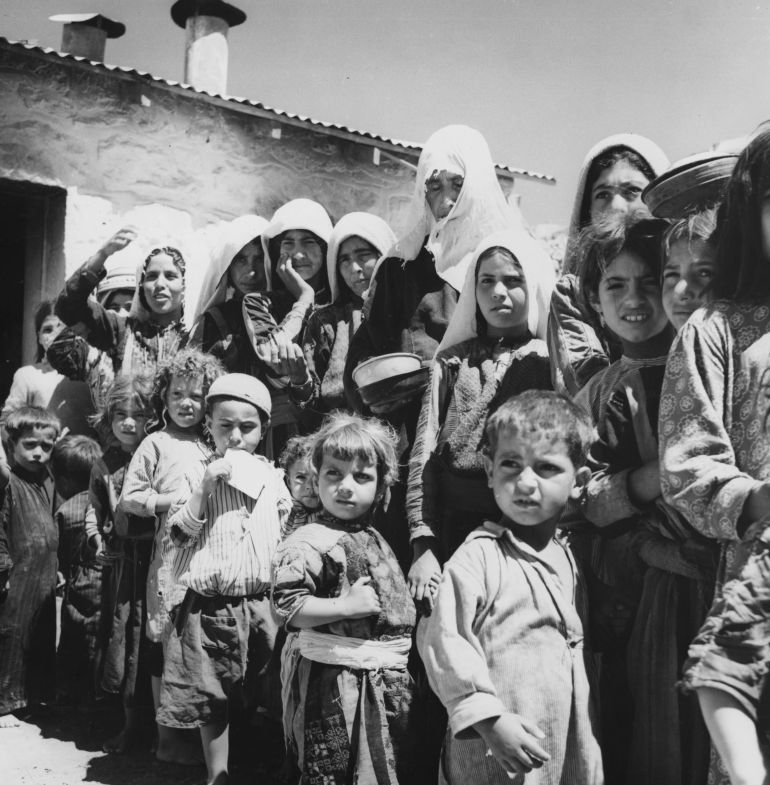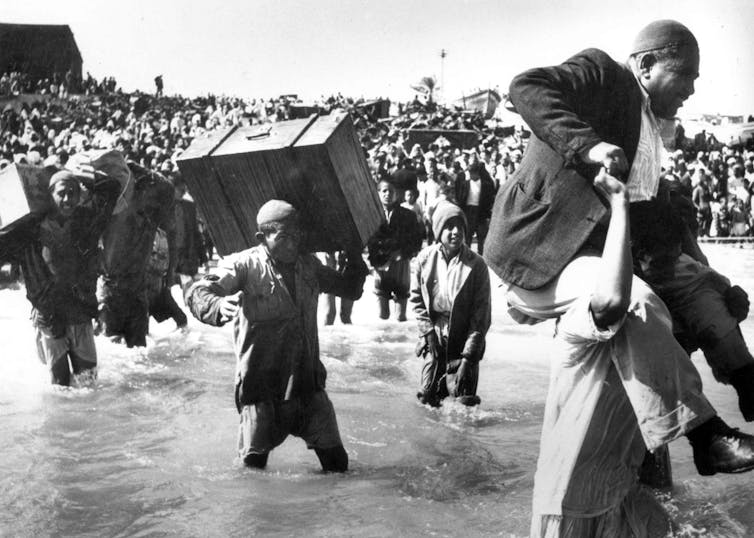
EU woos India as it races to ‘de-risk’ China ties
Rosie Birchard
India and the EU are deepening ties with a new trade and tech plan. Is skepticism toward China bringing them closer?
It was a first-of-its-kind meeting: three Indian ministers, four European commissioners and dozens of officials scribbling notes on everything from semiconductor supply chains to artificial intelligence regulation. The European Union (EU) is seeking deeper ties with New Delhi — and after the first meeting of the EU-India Trade and Technology Council in Brussels on Tuesday, EU officials spoke of “very promising beginnings.”
The talks were more about face time among political decision-makers than concrete deals, though Brussels and New Delhi did agree to cooperate further on quantum and high-performance computing, and to making their digital public services more compatible.
But outside the summit, another force is bringing India and the EU closer. At a press conference after the meeting, the word “de-risk” was mentioned multiple times by both sides, implying the shared wish to reduce economic dependence on China.
Brussels looks to New Delhi to diversify
Overall, Brussels is quick to make clear that it does not want to cut off ties from Beijing altogether, but it does want to diversify its supply chains. That’s where India comes in.
“India has a population of 1.4 billion. So, we are an economy of scale, and the EU is an economy of skill — it’s natural that these two power centers should come together,” Swasti Rao, an associate fellow at the Indian government-funded think tank the Manohar Parrikar Institute for Defense Studies and Analyses, told DW.
Rao said India, with its workforce and manufacturing capacities, is high on Brussels’ list. Then, there’s the politics.
“India is very wary of a China-led Asian order, and India will do everything it can to keep Asia, by and large, multipolar,” Rao explained. New Delhi-Beijing relations are also complicated by a border dispute and India’s move to restrict a host of Chinese tech, including the popular video-sharing app TikTok. Europe-China ties, meanwhile, have long been strained by a sanctions spat over accusations of rights abuses in Xinjiang that left progress on a 2020 investment agreement frozen. Then there were accusations of economic coercion over Lithuania’s friendly relations with Taiwan and disagreements over the war in Ukraine. It’s a relationship weighed down by heavy political baggage.
What does ‘de-risking’ EU-China relations mean?
On Tuesday, European Commission Executive Vice President Margrethe Vestager pointed to Indian plans to boost semiconductor production as an example of how EU-India ties could “give muscle” to Brussels’ idea of “de-risking.” She cited quantum computing and technologies developing beyond 5G” as areas where India could offer “trusted vendors” for Europe in the future. “If we want increased economic security, we need to do that through partnerships,” Vestager told reporters.
But Berlin-based analyst Christian Wagner says New Delhi is “not necessarily the most important partner” when it comes to Brussels’ move away from Beijing.
“We’ve seen that many companies which are leaving China also prefer to go to Southeast Asian countries. So, India is here in a competition with other Asian players,” Wagner, a researcher with the German Institute for International and Security Affairs, told DW.
“But when we look at the geostrategic landscape,” he said, “I think India has certainly a much bigger profile.”
EU and India at odds over carbon border tax
Behind the smiles and handshakes, there are bones of contention between Brussels and New Delhi. The EU has vowed to make polluters pay, and as Europe’s climate policies get stricter, the bloc wants to prevent firms from simply relocating production to countries with looser emissions rules to cut costs.
It’s a phenomenon known as “carbon leakage” — one which Brussels views as bad for business, and bad for its flagship climate goals. That’s why the EU plans to slap a carbon border tax on some imports including cement, steel, iron and fertilizer.
But New Delhi views the move as an unfair drag on its growth. “We are at a stage in our economic development where we cannot really do away with carbon and coal so easily,” said Rao.
“India has always said that if you want to engage, and proactively constructively engage the Global South, you really genuinely have to understand where they come from,” she added.
On Tuesday, both sides struck a more constructive tone. “We remain engaged, we are discussing the issue and we have a long time ahead of us within which we’ll be working together to find the right solutions,” Piyush Goyal, the Indian minister of commerce and industry, told reporters.
Progress toward a broader EU-India free trade agreement has, however, been sluggish. After a nine-year pause, negotiations relaunched last year. Disagreements remain on areas like mobility rights for Indian workers and tariffs on food and drink, but Goyal said he hoped the new trade and technology council format would help “supplement” work toward unlocking a trade deal.
India: courted by the world amid geopolitical divisions
If Brussels and New Delhi are united by skepticism toward China, they are divided on how to approach ties with Russia. While the EU has implemented successive rounds of sanctions against Moscow over its invasion of Ukraine, India has kept up trade in arms and oil with Russia, and maintained strong relations through the BRICS formation. The Indian government has not publicly condemned Moscow for the invasion, but has called for peace.
Researcher Christian Wagner thinks Europe has misunderstood India in the past, tending to “assume that India as the largest democracy seems to be automatically in the Western camp.”
“India wants to be a pole in a multipolar world,” Wagner said. “And at the moment, of course, it is in a very favorable position, because both the Western countries, the United States, the European Union, as well as Russia, as well as China, are wooing India and trying to intensify their relations. So, I think India with the G20 presidency also will use this moment for its own geopolitical ambition.”
India assumed the presidency of the G20, or Group of Twenty, an intergovernmental forum of the world’s major economies, in December. The role goes to a different member state each year, with Brazil set to assume leadership in November 2023.
(Source: DW)
















